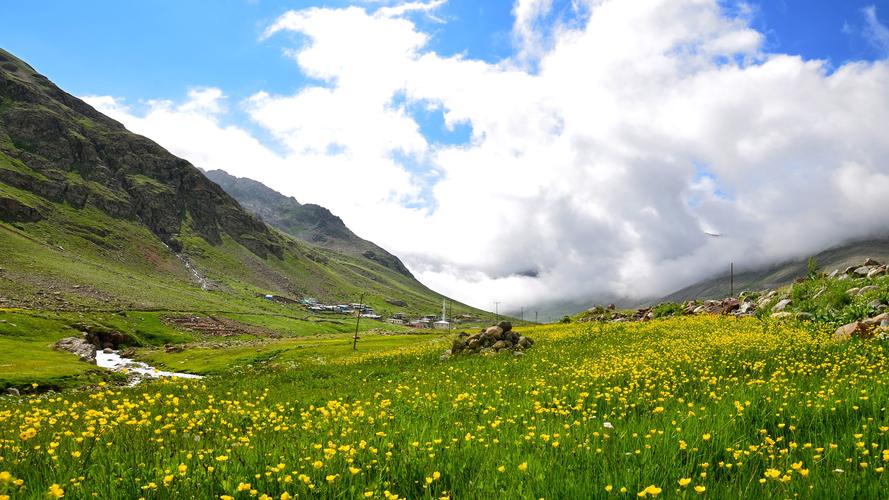Popular culture has always been a significant part of the Filipino identity, which evolves with every generation. From music, fashion and food, to movies and television shows, popular culture continues to influence the way Filipinos think, act and express themselves.
To understand the evolution of popular culture in the Philippines, we must go back in time to the pre-colonial era. It was a time when oral traditions and folk tales were prevalent, along with the use of indigenous instruments such as the kulintang, kubing, and babandil.
The arrival of the Spanish in the 16th century introduced new elements to Philippine popular culture, including Christianity and Western-style music. The Zarzuela, a form of musical theater, became popular among the masses, with many staging productions in the local language.
The American occupation in the early 20th century also had a significant impact on Filipino popular culture, as it introduced new forms of entertainment such as cinema and music. The sarswela, a fusion of Western and Philippine musical styles, emerged as a popular genre.
In the 1950s and 60s, rock and roll became a trend in the Philippines, with many Filipino bands adopting the style. Social dances such as the Jitterbug and the Twist also became popular during this period.
The 70s and 80s saw the rise of disco and new wave music, while action movies featuring popular actors such as Fernando Poe Jr. and Lito Lapid gained popularity. Philippine television also boomed during this era, with shows like “Eat Bulaga” and “Tawag ng Tanghalan” capturing the hearts of the Filipino viewers.
The 90s and 2000s saw a shift towards more global influences, with the rise of K-Pop and J-Pop music, and Hollywood blockbusters dominating the box office. Philippine cinema, however, remained an important part of the local entertainment industry, with directors like Lino Brocka and Ishmael Bernal gaining international acclaim.
Today, Philippine popular culture continues to evolve and adapt to changing times, with social media playing a crucial role in shaping culture. Filipino YouTube content creators and influencers have captured a significant audience both locally and internationally.
In conclusion, tracing the timeline of popular culture in the Philippines is a journey that takes us through the country’s rich history and its people’s influences. As we move forward, it’s exciting to see how popular culture will continue to shape the lives, beliefs, and aspirations of Filipinos.
(Note: Do you have knowledge or insights to share? Unlock new opportunities and expand your reach by joining our authors team. Click Registration to join us and share your expertise with our readers.)
Speech tips:
Please note that any statements involving politics will not be approved.
